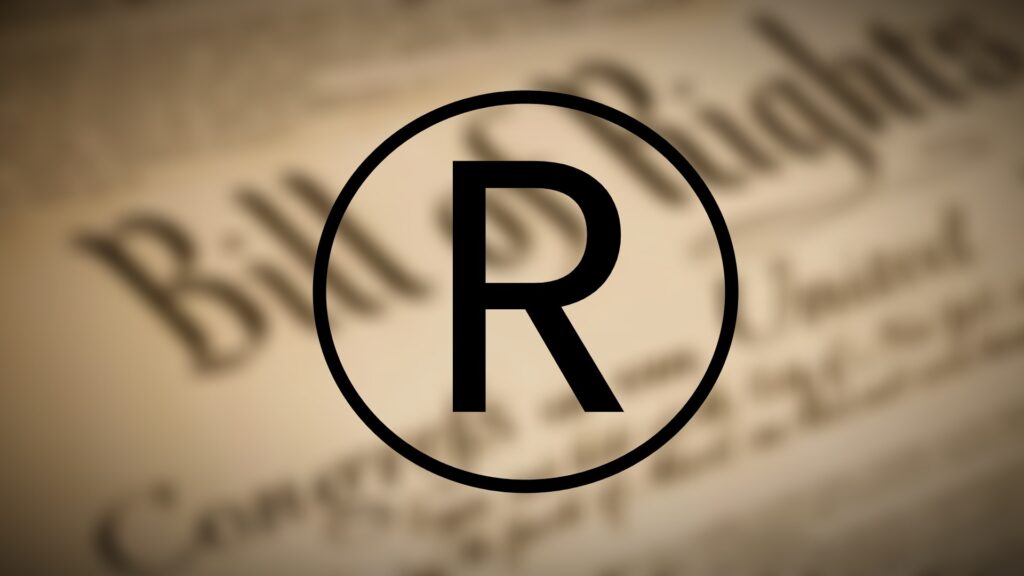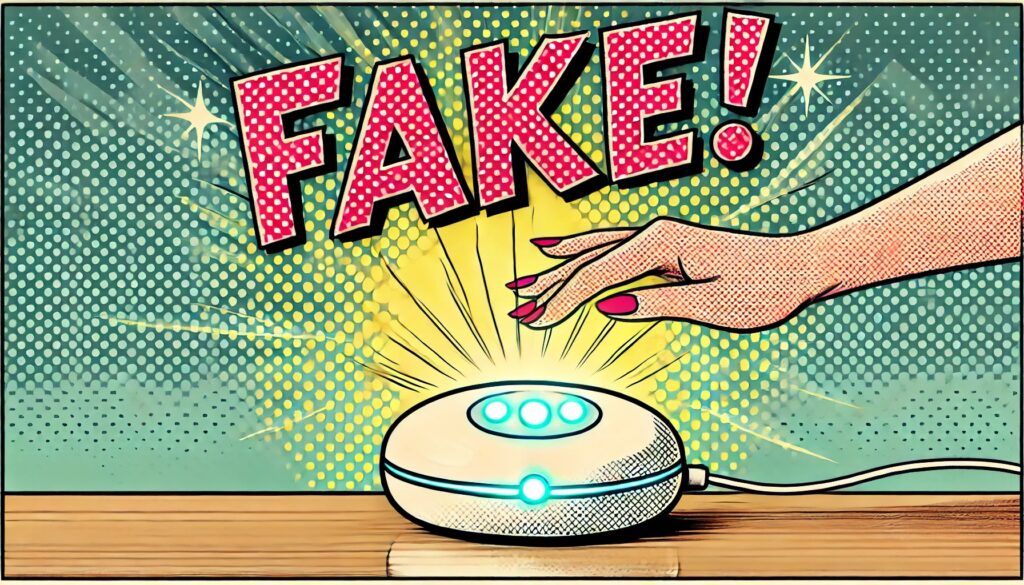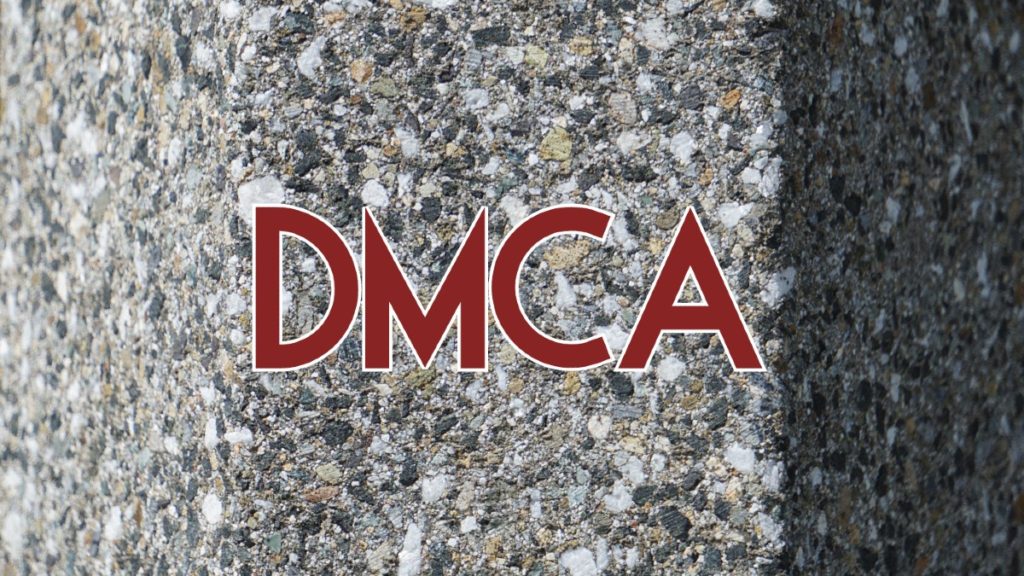
In 2011, two women established a public Facebook group where parents and community members could discuss matters related to the Los Lunas, New Mexico school district. This online forum served as a space for open dialogue about local education issues for seven years before drawing administrative attention.
In 2018, the district’s superintendent discovered the group and became concerned about its content. Her specific worries included posts containing incorrect snow day information and criticism directed at one of the district’s middle school principals.
The superintendent then developed a legal strategy to address the concerning online group. She filed an application with the United States Patent and Trademark Office to register the mark LOS LUNAS SCHOOLS. The USPTO granted the registration on July 9, 2019 (Reg. No. 5798193).
Equipped with purported trademark rights, the school district’s legal counsel sent cease and desist letters to the operators of the “Los Lunas School District Parent Discussion Page.” These letters threatened trademark infringement litigation if the group continued to operate under its existing name.
The Facebook group administrators sued in federal court. Their claim asserted that these trademark infringement threats constituted retaliation for speech protected by the First Amendment. When the superintendent moved for summary judgment, the district court rejected her motion, finding that the district’s actions violated the plaintiffs’ “clearly established” constitutional rights.
On appeal, the Tenth Circuit Court affirmed the lower court’s denial of summary judgment. The appellate court’s reasoning drew from principles articulated in Beedle v. Wilson, 422 F.3d 1059 (10th Cir. 2005), saying that government officials violate the First Amendment when they threaten frivolous litigation to silence protected speech.
In Beedle, the court had determined that government entities cannot bring libel actions against private citizens who criticize them -such claims are legally frivolous by definition. Similarly, in this case, the court found the trademark infringement threats to be legally baseless because the Facebook group had used the district’s name solely for commentary about the district itself, without connection to any goods or services that would trigger Lanham Act protections.
The evidence demonstrated that the district was substantially motivated to threaten litigation specifically in response to protected speech. So the case can be viewed as a warning – at least for government officials – to not misuse intellectual property law seeking to achieve an objective for which the law was not intended.









